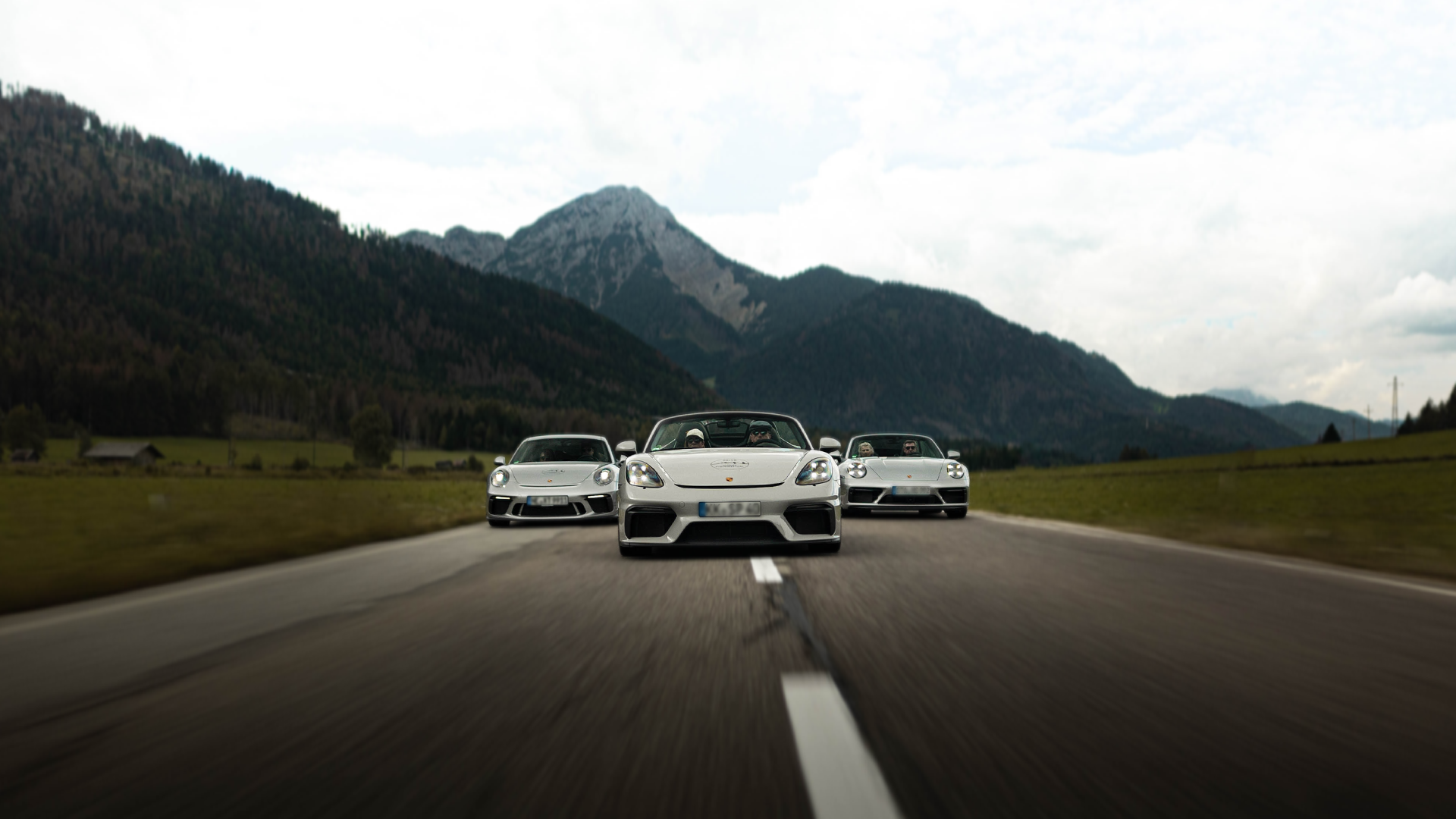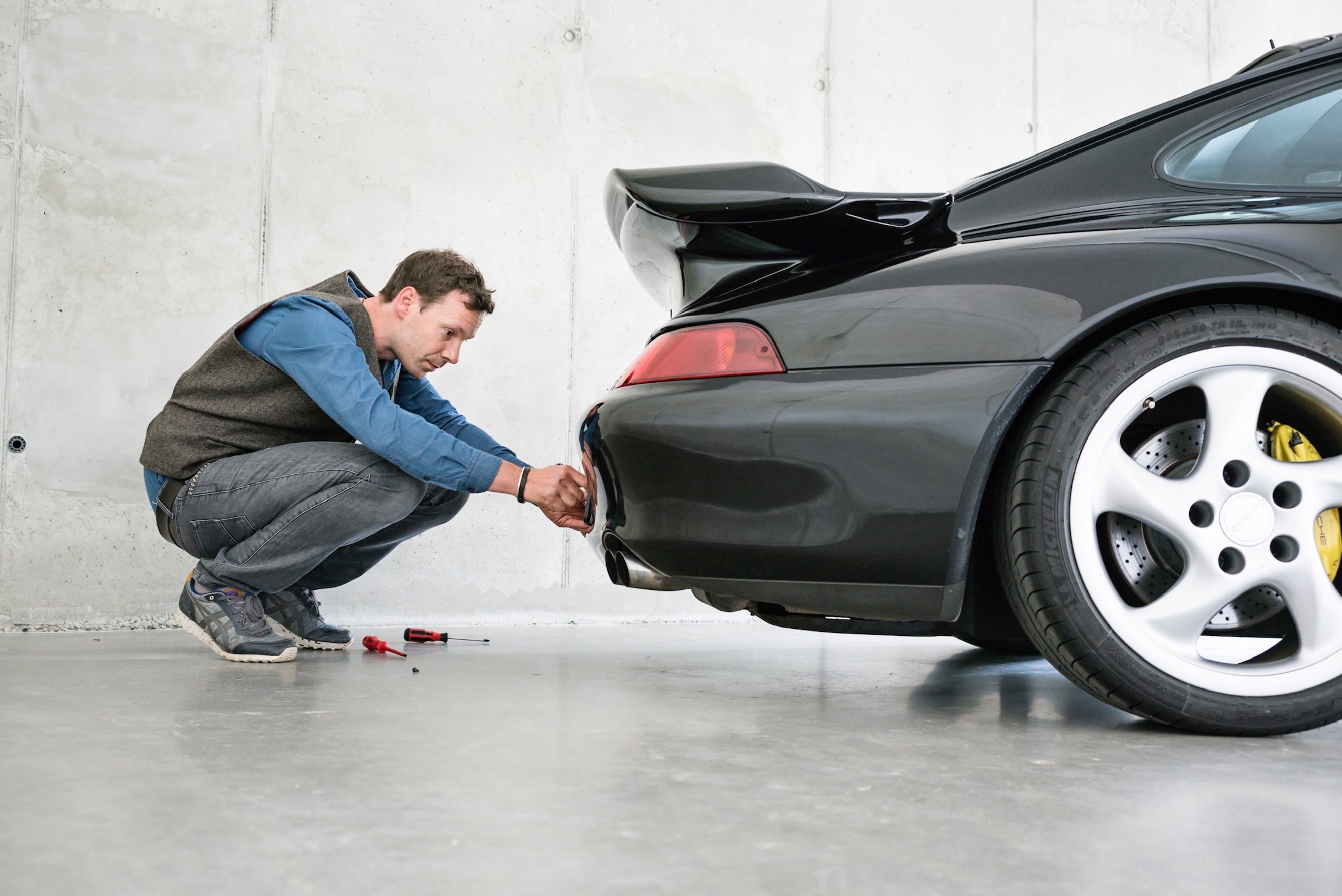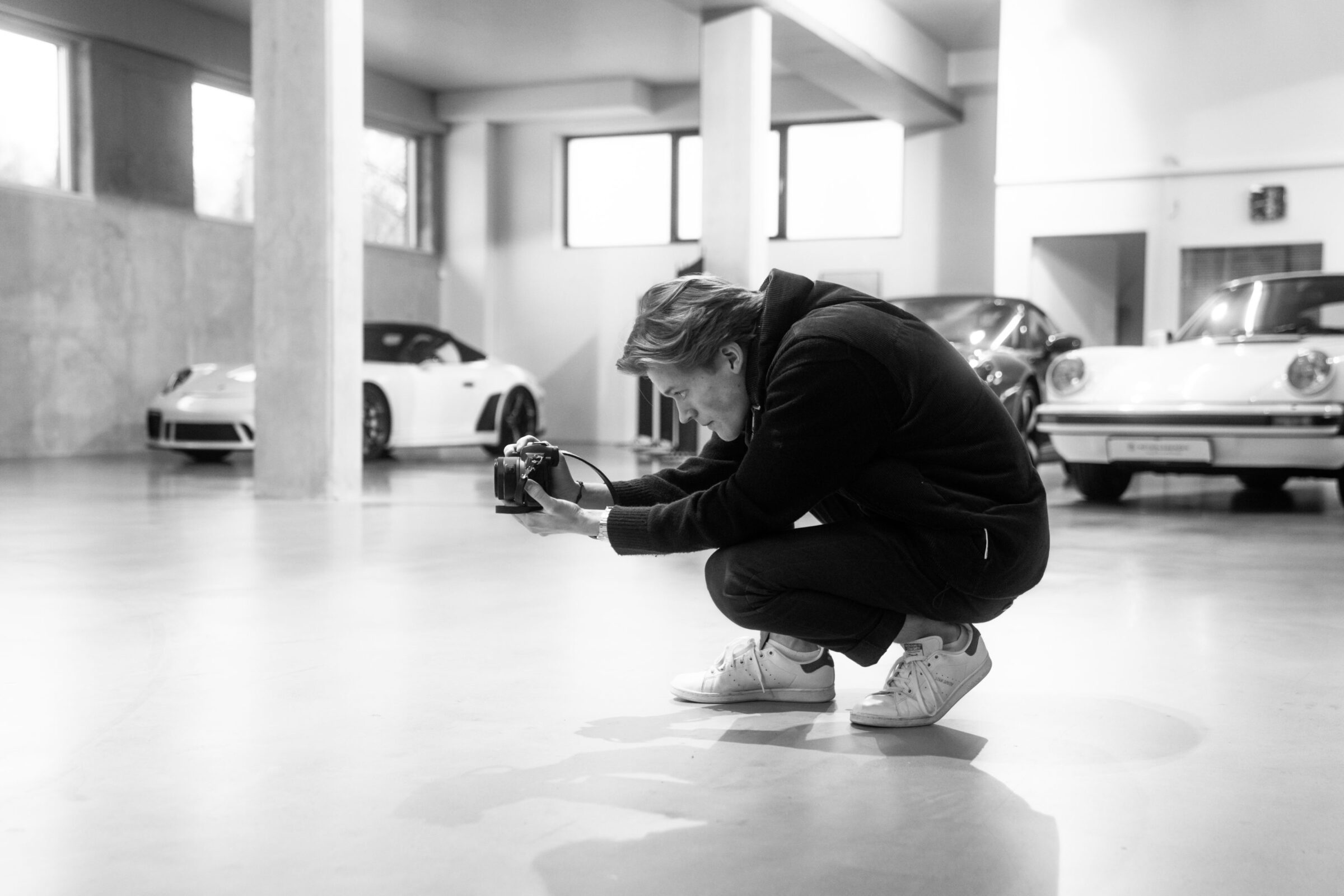Porsche – Made in Austria
Although Porsche itself has never made a secret of the fact and it has been reported in many hundreds, if not thousands, of publications, many car fans still wonder when they hear or read that Porsche sports cars originally came from Austria. If we get into the topic at the very beginning, this becomes clear to a small extent. Ferdinand Porsche was born on 3 September 1875 in Maffersdorf in Bohemia. Since 1919 this village has again been called Vratislavice nad Nisou and belongs to the Czech Republic. Already in his childhood Ferdinand Porsche was enthusiastic about the emerging electricity and cabled his parents’ house and his father’s tinsmith’s shop in his own work. Since he couldn’t find adequate work in rural Bohemia, he talked to his parents until they sent him to Reichenberg to attend the state trade school. He then began working for Vereinigte Elektrizitäts-AG Béla Egger in Vienna, where after only four years he took over the management of the testing department and developed the very first wheelhub electric motor, which he patented in 1896. After moving to the Lohner Werke in 1899, he built the hybrid vehicle Lohner-Porsche with all-wheel drive. This was followed by a longer episode with Austro-Daimler, during which he was awarded an honorary doctorate by the TH Vienna for his services to Austria and also received the Officer’s Cross of the Order of Franz Joseph for his war developments. The end of the Habsburg monarchy meant that he wasn’t elevated to the rank of nobility by the Austrian aristocracy. However, he had already acquired Austrian citizenship a few years earlier.
So much for the first part of the explanation of what Porsche connects with Austria. For Ferdinand Porsche, who had married Aloisia Johanna Kaes in Vienna in 1903 and had become a father twice in 1904 (Louise) and 1909 (Ferdinand Anton Ernst, known as ‘Ferry’), the career went on in Germany at Daimler Motorengesellschaft (DMG), which merged with Benz & Cie. to form Daimler-Benz AG in 1926. Afterwards he had a short return to the company Steyr in Austria, which, however, merged with Austro-Daimler one year after the contract was signed and terminated Porsche’s employment immediately. So it came to a step, which Ferry Porsche later described in his memoirs, that his father had asked himself, why he had set various thought-provoking impulses in motion at various manufacturers and had done preparatory work for new developments, from which these benefited for years after his respective dismissals, without him having anything to gain from it. In 1931 the engineering office ‘Dr. Ing. h.c. F. Porsche GmbH, Konstruktionen und Beratung für Motoren und Fahrzeuge’ (construction and consulting for engines and vehicles) was founded in Stuttgart. There, Ferdinand Porsche, in addition to his son Ferry, also employed companions from previous stations of his career such as the chief engineer Karl Rabe, the engine developer Josef Kales, the suspension specialist Josef Zahradnik or Karl Fröhlich as transmission specialist. In addition, his son-in-law Anton Piëch (father of Ferdinand Piëch) and the racing driver and merchant Adolf Rosenberger were shareholders. Next to the work on a small car for Zündapp, a middle-class car for NSU, a two-liter touring car for Wanderer and the 16-cylinder Grand Prix racing cars for Auto Union, the development of the Volkswagen, which Ferdinand Porsche personally sent to Reichsführer Adolf Hitler as a plan, also took place here.
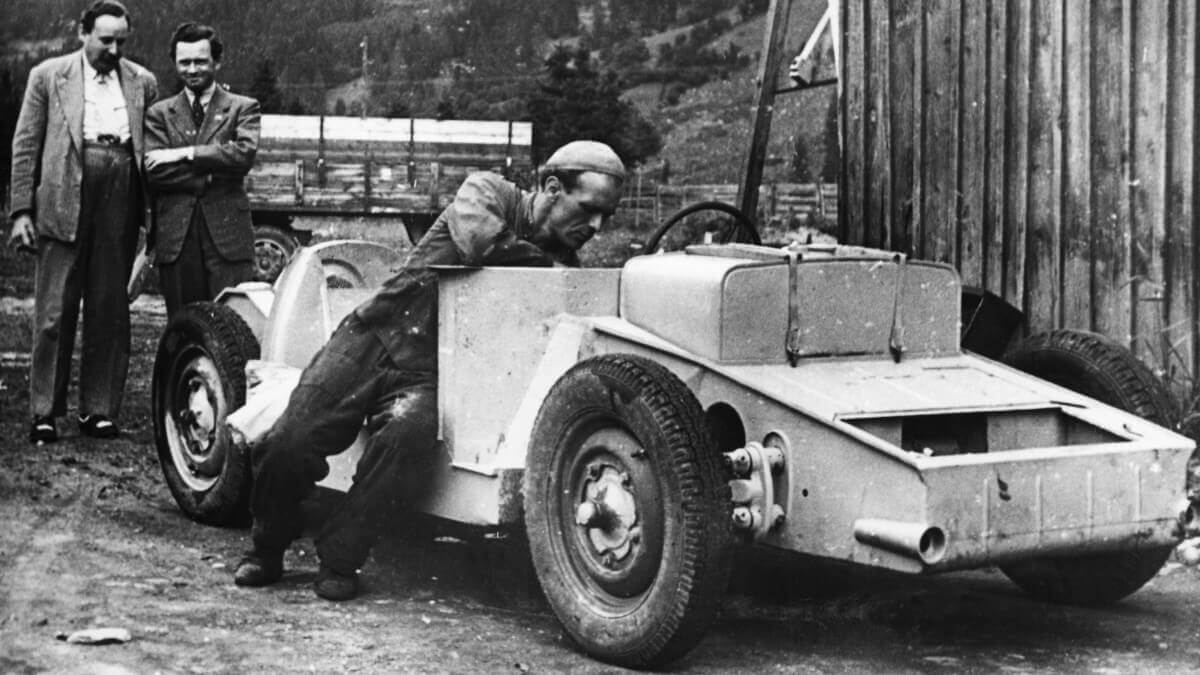



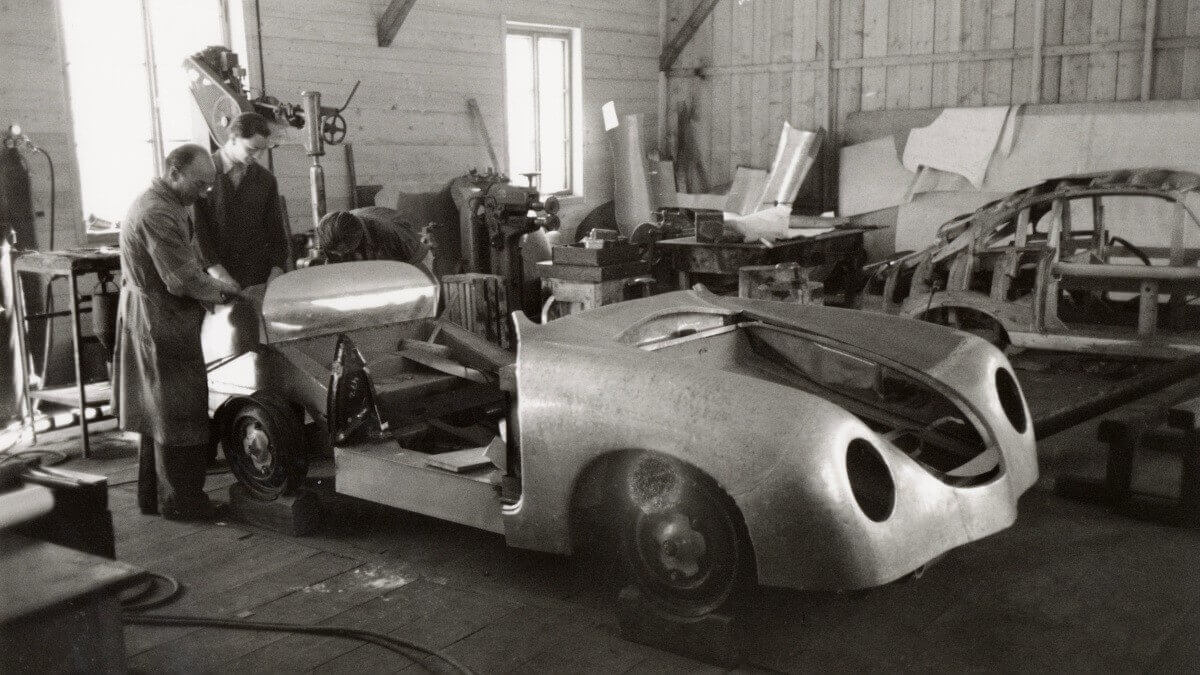







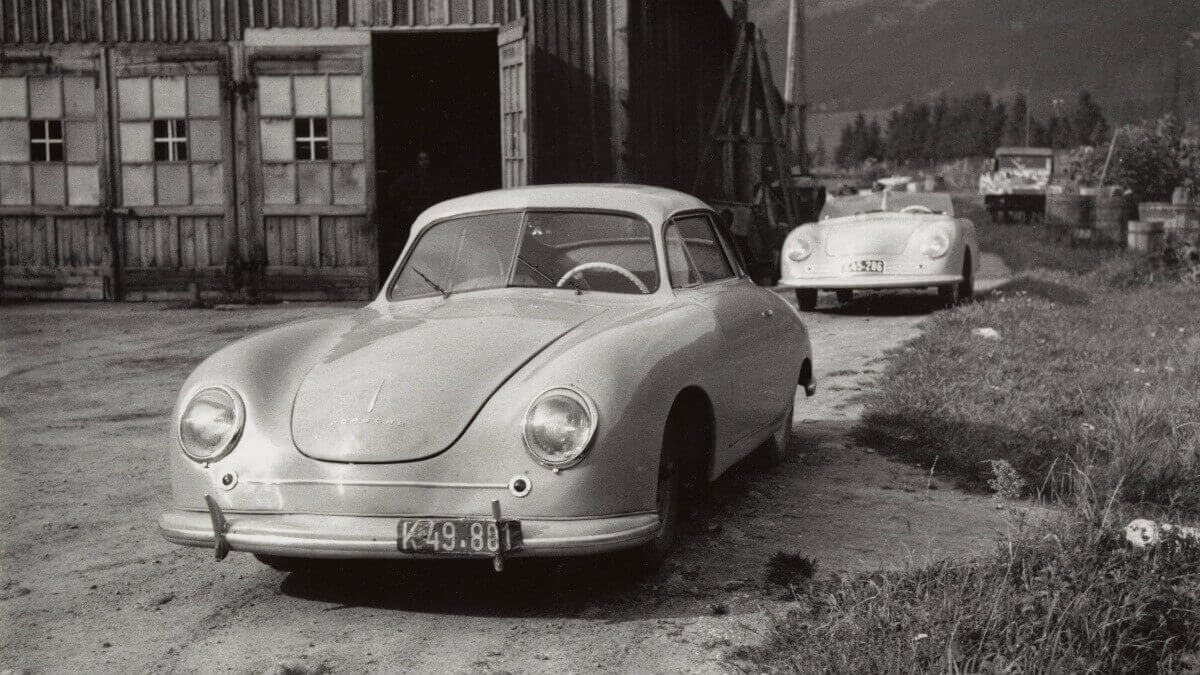



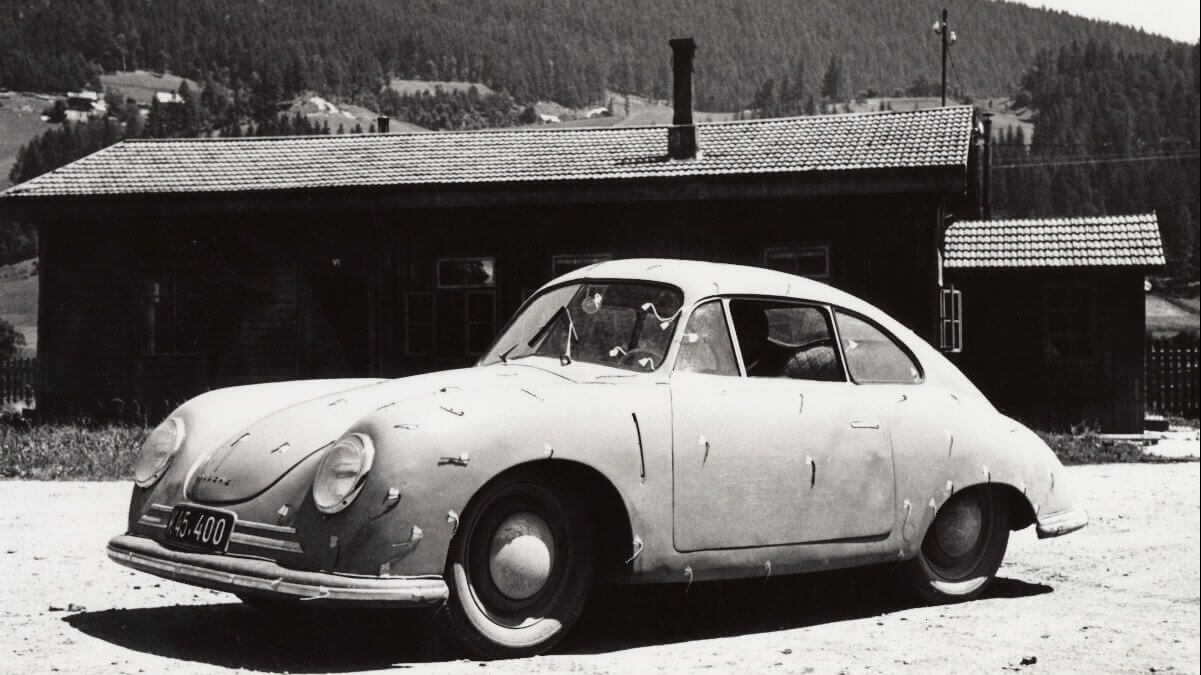



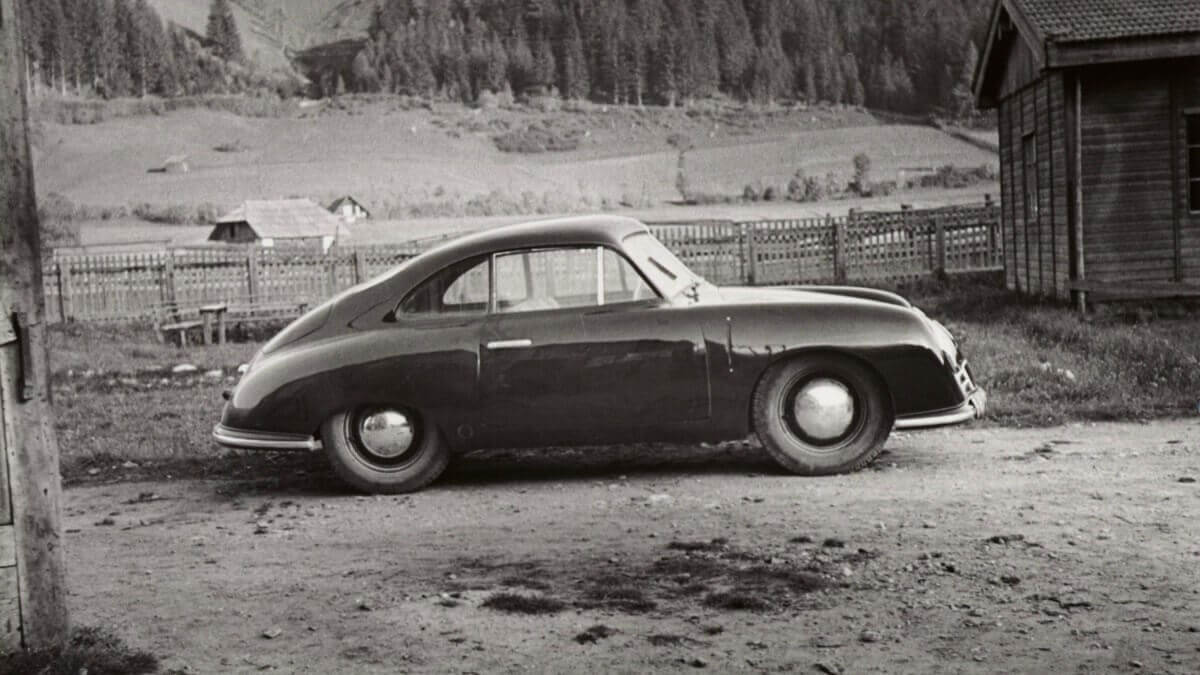



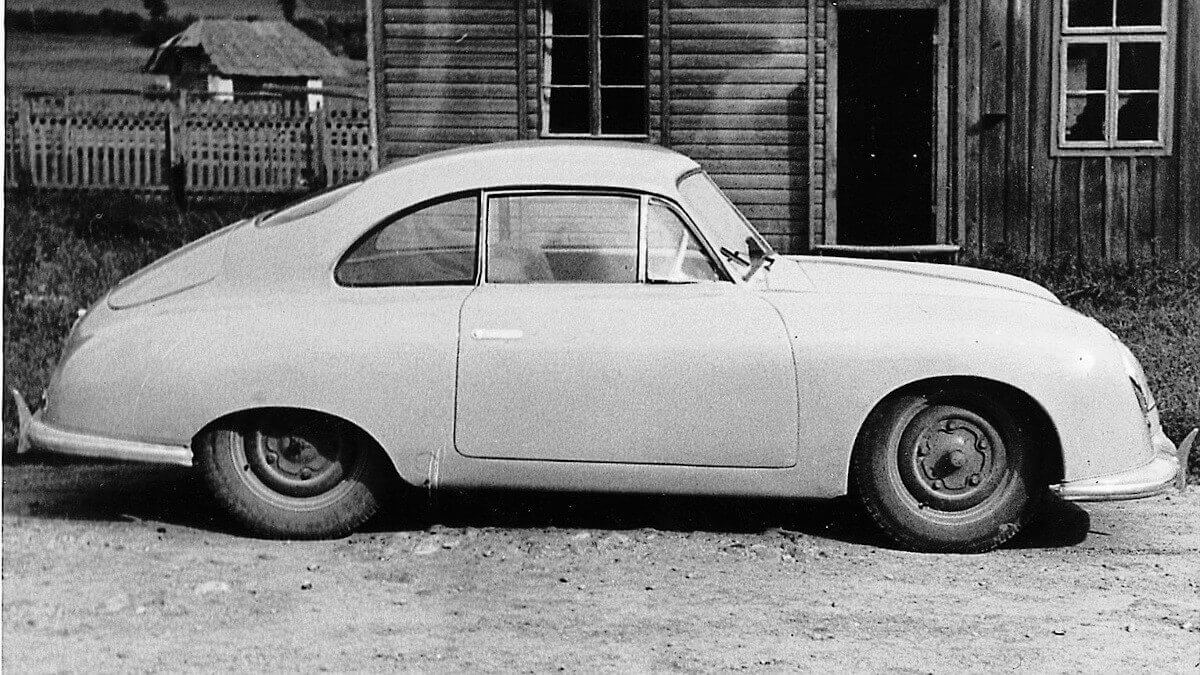



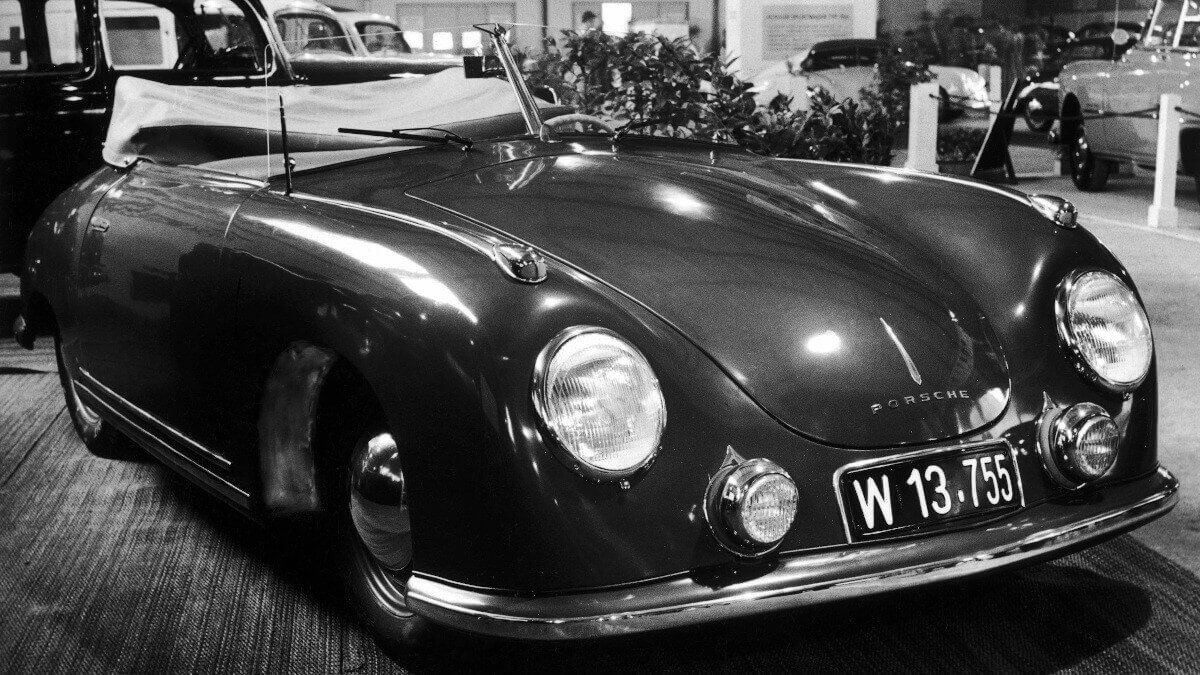



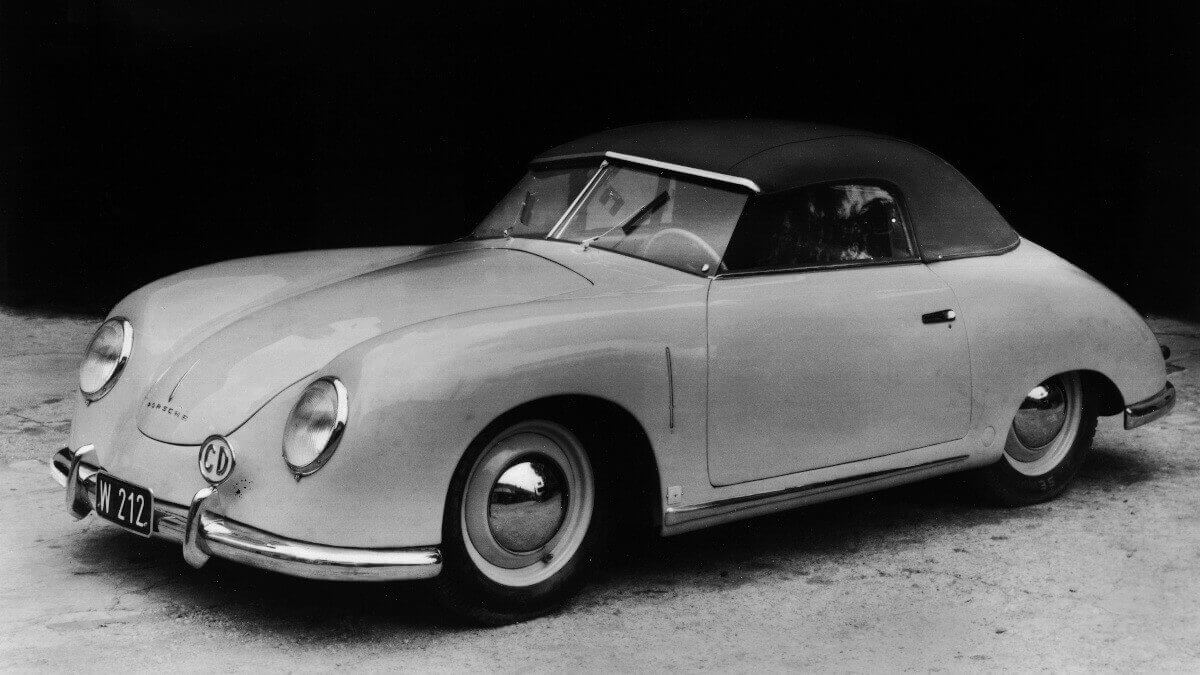



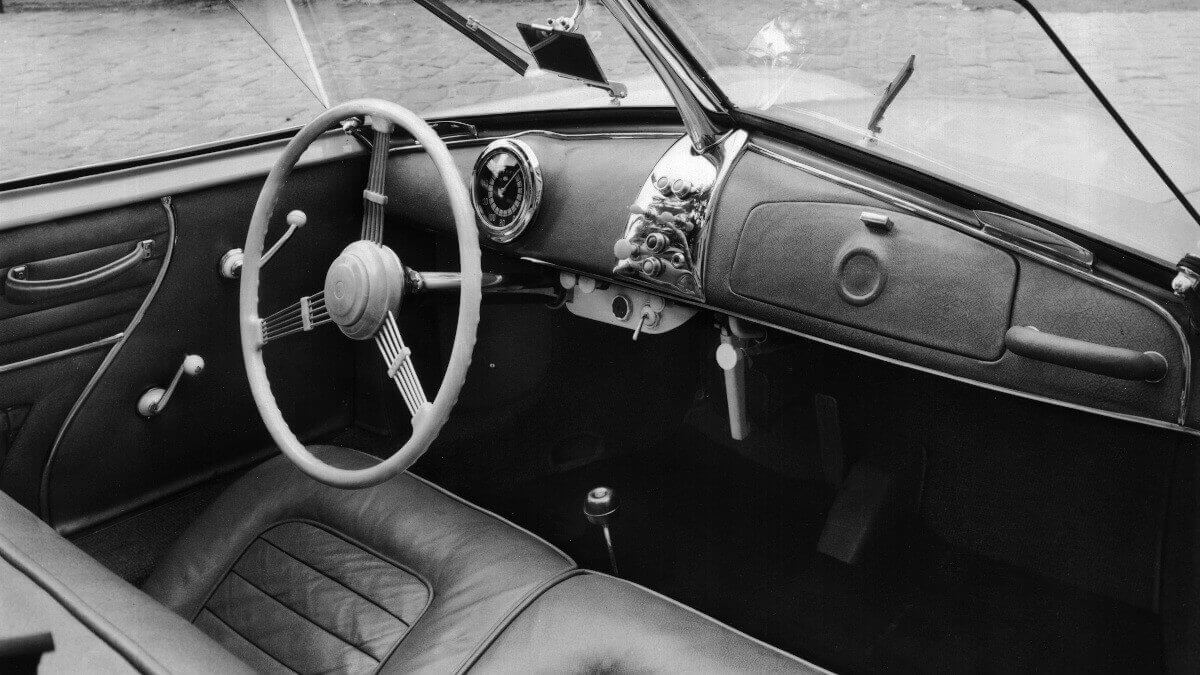



Throughout his life, Ferdinand Porsche was mainly interested in design and construction. Costs and (political) side scenes were only of slight interest. For this reason, he also had to quickly vacate his chair with many previous employers, as the new designs proposed by him raised expensive development costs, without ever being able to recoup them through sales revenue. This also applied to the Volkswagen, which was to be developed to perfection by Porsche on Hitler’s personal order, but at the same time be available for a selling price of less than 1,000 Reichsmarks. At the same time, the German Reich slipped deeper and deeper into the war, whereby an automobile became uninteresting for the masses and war-important equipment became the focus of attention. On the basis of the Volkswagen, various versions were produced for the Wehrmacht. In addition, Porsche developed some tanks. After the war, these complications caused Ferdinand Porsche and his son to be imprisoned and subjected to lengthy interrogations. Due to the bombing of Germany, the Porsche company was relocated to Gmünd in Carinthia/Austria, where a former sawmill offered just enough space, in 1944. However, the premises for the 300 employees who had gone along from Stuttgart were quite cramped. There, after the war, the very first mid-engine sports car was built on the basis of old Kübelwagen and experiences with the Berlin-Rome car (Type 60 K10), which bore the name Porsche on the front of the vehicle. Although this car, baptized 356, was still a long way from the later series cars in terms of construction, it established the sports car brand.
Since a sports car with a tubular frame and a mid-engine layout would have been possible in terms of construction, but ultimately would have been much too expensive, Porsche subsequently switched back to the basic design of the Volkswagen, which was by then produced in ever larger numbers under the leadership of the British Army in the specially built factory near Fallersleben (in today’s Wolfsburg). The 356/2 design was created and the first prototype, a black painted Coupé, was completed before the end of 1948. At its rear sat a four-cylinder boxer engine with air cooling, which had been increased to 40 hp. After extensive test runs and detail improvements, production began and Porsche made a first appearance at the Geneva Motor Show in 1949. Until 1950 the production remained in the cramped premises in Gmünd. During this time, 44 Coupés and eight Cabriolets of the 356 were produced, which are highly coveted by car collectors today. Their bodies were produced on a contract basis at small coachbuilders such as Beutler in Switzerland as well as Keibl, Kastenhofer or Tatra in Vienna (not to be confused with the car manufacturer Tatra from the Czech Republic). The production then moved to Stuttgart Zuffenhausen, where the 356 was continued with help of coachbuilder Reutter. In the end almost 78,000 units of this rear-engined sports car came off the assembly lines in four series (Pre-A, A, B and C). It made the Porsche brand world-famous. Ferry Porsche had carefully estimated in 1948 that he would probably be able to sell “perhaps around 500 vehicles”.
Images: Porsche AG


